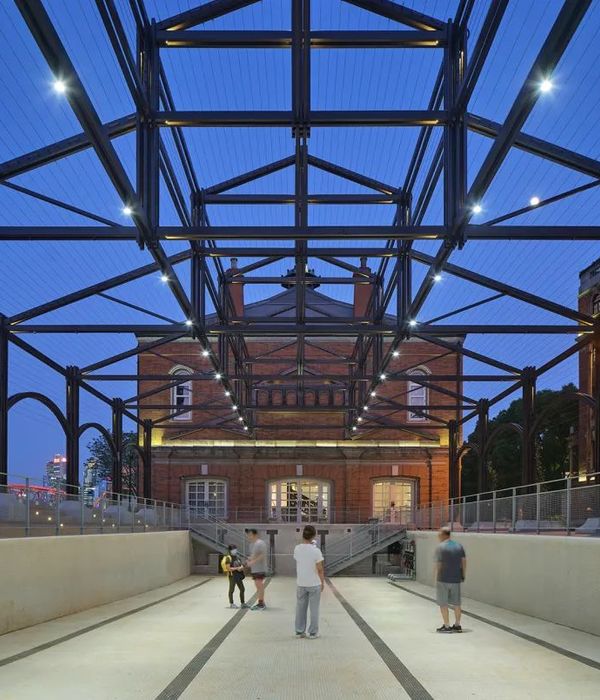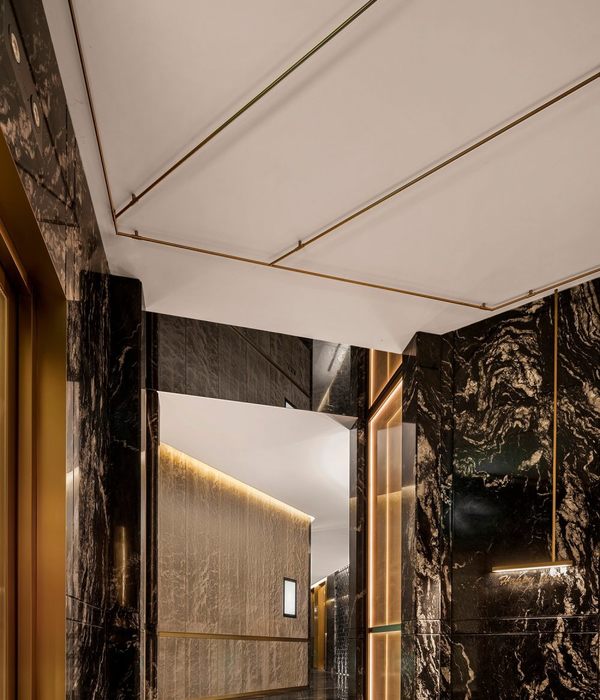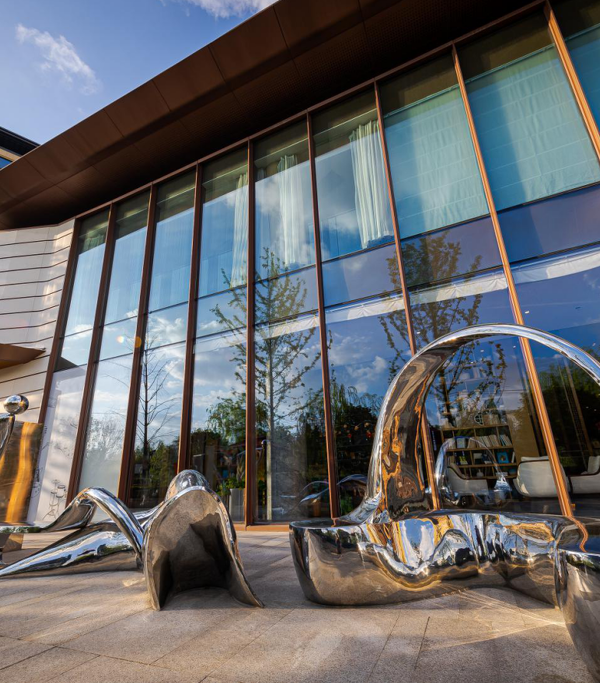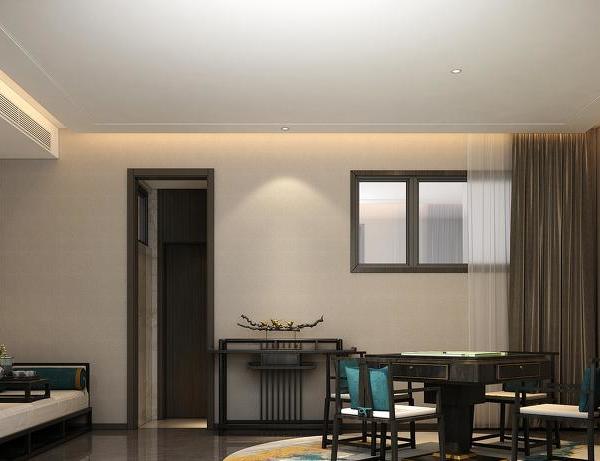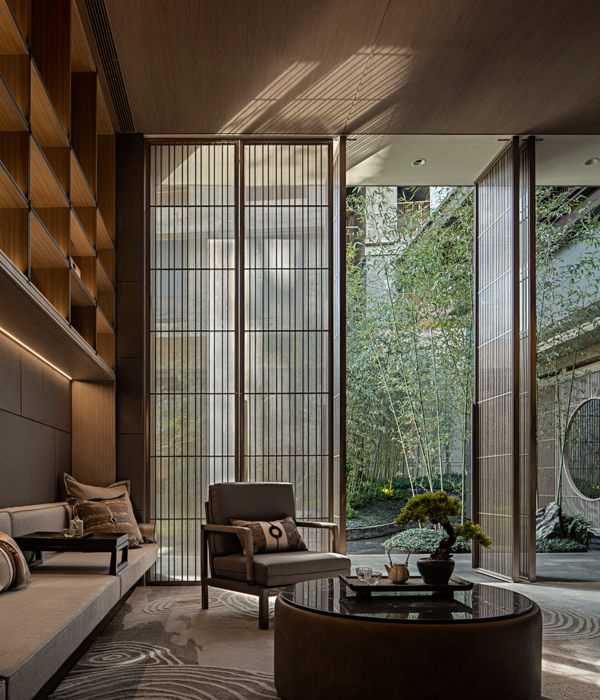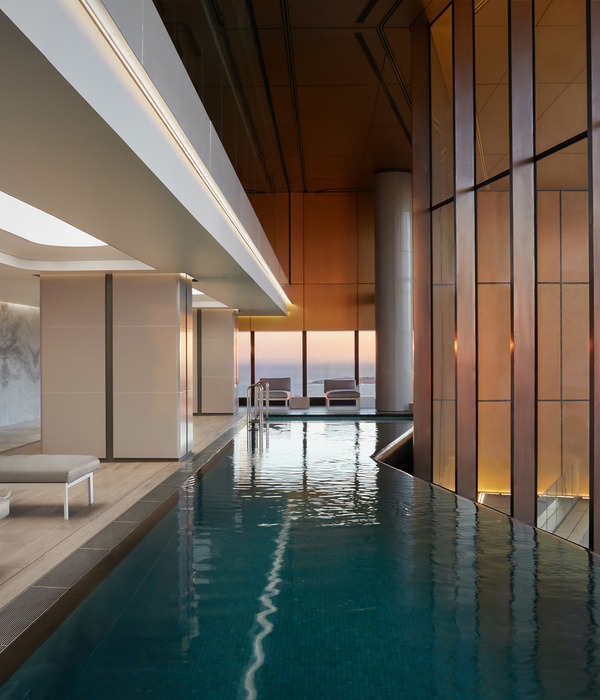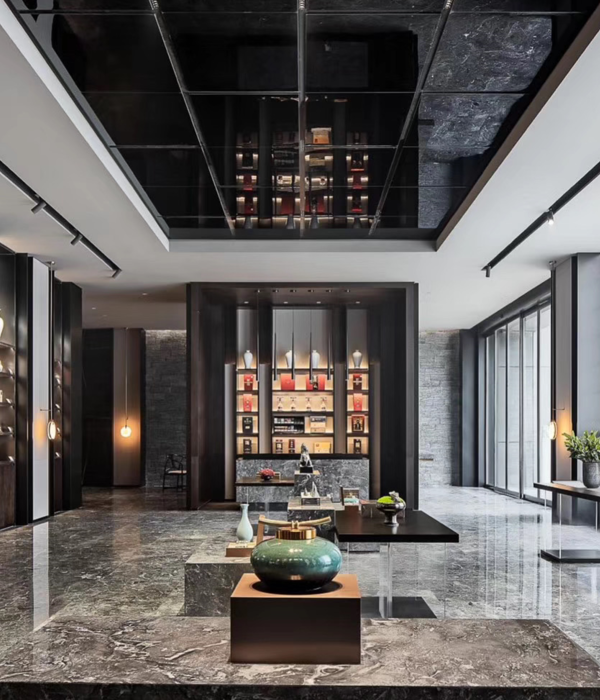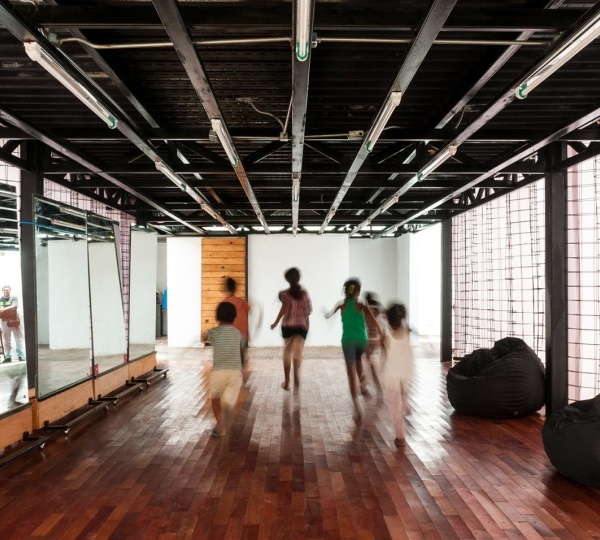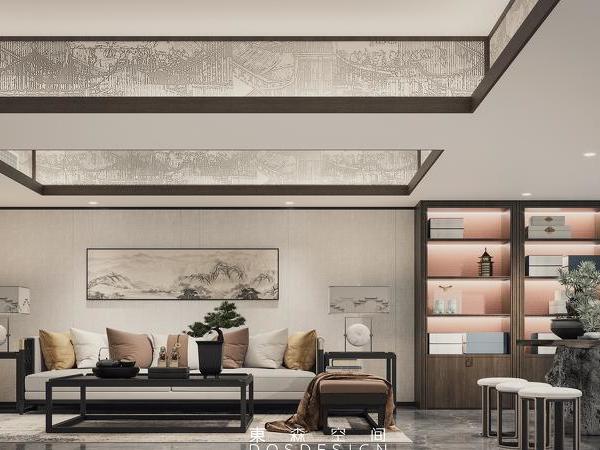In order to limit its presence in the landscape, this new winery building is built into the carved stonework of an existing embankment. Its emerging part is directly inspired by the agricultural buildings of our region: their timeless beauty, their simplicity, and their dignity continually influence us.
The sequence of spaces exploits the topography of the site to respond to the principles of vinification by gravity: the arrival of the harvest is done under a vast porch at the level of the footbridges of the vat room whose floor is on the same level as the aging cellars. This semi-buried building meets the essential characteristics of bioclimatic architecture: A long technical gallery develops against the earth and acts as a Canadian well regulating the temperature of the cellars.
The green roof and the stonework reinforce the inertia while developing a flora in harmony with the existing fauna. . The openings synchronized with the weather conditions allow for natural ventilation and lighting. Finally, the south side of the metal frame, set on massive stone pillars, is stretched to accommodate a large covering of photovoltaic panels allowing the energy autonomy of the building.
By constructing a building that is modern in its details, rich in its uses, and restrained in its expressiveness, the architect offers the winemaker an evolving tool that allows him to carry out new research while making great wine. Our architecture leads to a harmonious inscription of the buildings in the reality of the physical and cultural contexts. It tends to put the architect in the background.
The work to be built is intended to be part of the collective reality. To avoid excess is to show a calm realism. It is not a question of running after the obvious paradox of wanting to be the most modest, it is necessary to be it in a natural way while remaining conscious of the immense quality of our landscapes and the work of our ancient predecessors, famous or anonymous.
▼项目更多图片
{{item.text_origin}}

